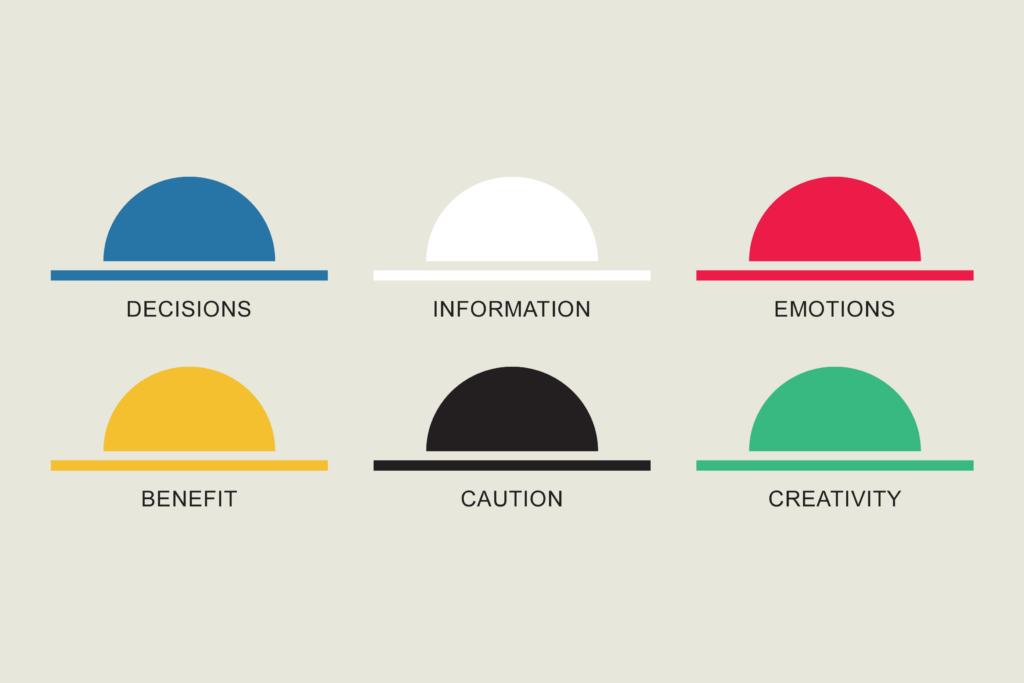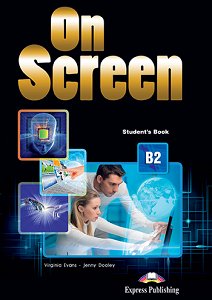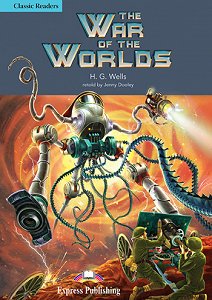When it comes to decision-making, we often have to wear different hats: we should be risk-takers and risk-averse, at the same time; we should trust our gut, but also consider the facts. As creative thinking becomes a focal point of education in the 21st century, how can we ease our students into taking informed decisions, while also developing their language skills?
The Six Thinking Hats is a great starting point.
Applicable to any class level, the Six Thinking Hats highlight the different perspectives we should adopt when approaching an issue. Adopting those standpoints helps us process information better, reach educated decisions, and increase decision quality.
At the same time, the Six Thinking Hats bring forward a parallel thinking approach that helps every student contribute to the discussion, as they are required to assume a role based on their hats’ traits. As student engagement and active participation are central, students become moderators, mediators, and managers of the learning process.
The different standpoints of the Six Thinking Hats
When applying the Six Thinking Hats method, every student should pick a hat. The hats represent the different points of view that every student should put forward in order to highlight a different aspect of the topic at hand:
-
The Red Hat represents emotions. The holder of the hat expresses judgments, suspicions, and intuitions.
-
The White Hat stands for information. The holder listens, questions, identifies and covers knowledge gaps.
-
The Green Hat represents creativity. The person wearing the hat makes suggestions, generates ideas, and proposes alternatives.
-
The Blue Hat is about decisions and management. The holder makes sure that everybody sticks to their role and the whole team moves towards the right direction.
-
The Black Hat represents caution. It warns us about any potential flaws, risks, and challenges that may arise.
The Yellow Hat is about optimism. The person wearing the hat outlines benefits, advantages, and strengths while motivating others.
Applying the Six Thinking Hats Method in your ELT Class
Students, depending on the hat they have chosen, can start off by asking the following questions and prompts to sustain the conversation and give feedback based on their hat’s perspective. Each student should be free to improvise as long as they stay in character! In case they divert, the Blue Hat can always remind them their place in the thinking process.

At first glance, the Six Thinking Hats may seem specific to problem-solving activities and debates. However, we can wear them in practically any activity if we change the questions to suit the task at hand. Just don’t forget to stay true to the hats’ characters!

World of Wars by H. G. Wells; Classic Reader Level 4, page 109: ‘Work in pairs. Go through ‘The War of Worlds’ and discuss what kind of machine would have been helpful for humans when the Martians landed. Copy the form below in your notebook and fill it in with your ideas’. Activities and project work can be adjusted to include more students—and their unique perspective!
The Six Thinking Hats are ideal when working on literature. Students can ‘wear’ the hats to better understand characters, improvise alternative endings, and understand intentions. Here are the roles that each student can assume:
Blue Hat: Which hat should go on and off?, Was there any message or moral of the story?, How did the author get you involved in the story?, How did the author do to engage you?
White Hat: What is the title, the author’s name, the year of publication, and the setting? What happened? Who are the characters, what do they look like, and what are their traits?
Red Hat: How did the book make you feel?, How did you feel when the character did…? How did the ending make you feel?
Yellow Hat: What was the advantage of solving the problem that way?, What are the advantages of…?, What are all the good points about…the character, the setting, the ending etc.?
Black Hat: What are the dangers involved in visiting/going to …?, What are the disadvantages in trying to solve problems that way?, When (characters’ names) did (a certain action), what problems did they encounter?
Green Hat: Write a new ending, Draw new illustrations, Think of a different way to solve a central problem.
Using the Six Thinking Hats in Speaking and Writing

New Stars & Stripes for the Michigan ECCE for the Revised 2021 Exam ; Speaking Task, page 75: ‘I am an environmental consultant working to solve a problem. By asking me questions, find out what the problem is and offer me some good advice.’

#English 2; ICT (Information Communications Technology) Project, page 73: ‘Collect information about how to protect endangered animals. Prepare a presentation for the class. You can prepare a podcast if you like’.

On Screen B2 ; Writing, page 79: ‘You have attended a talk given by a police officer about making schools a safer place. Now your teacher has asked you to write a report on the topic suggesting ways of doing this. Write your report (140-190 words), including supporting points and your recommendation’.
In writing and speaking activities, students can ask the questions provided above and, also, contribute to the thinking process in stages; that way, thinking starts with brainstorming, escalates to identifying solutions and alternatives, and moves forward to problem-solving.
Blue, White, Green, Blue: Brainstorming
Blue, White, Green, Yellow, Black, Red, Blue: Choosing between alternatives
Blue, White, Black, Green, Blue: Identifying solutions
Blue, Black, Green, Blue: Feedback
Blue, White, Green, Red, Yellow, Black, Green, Blue: Problem-solving











